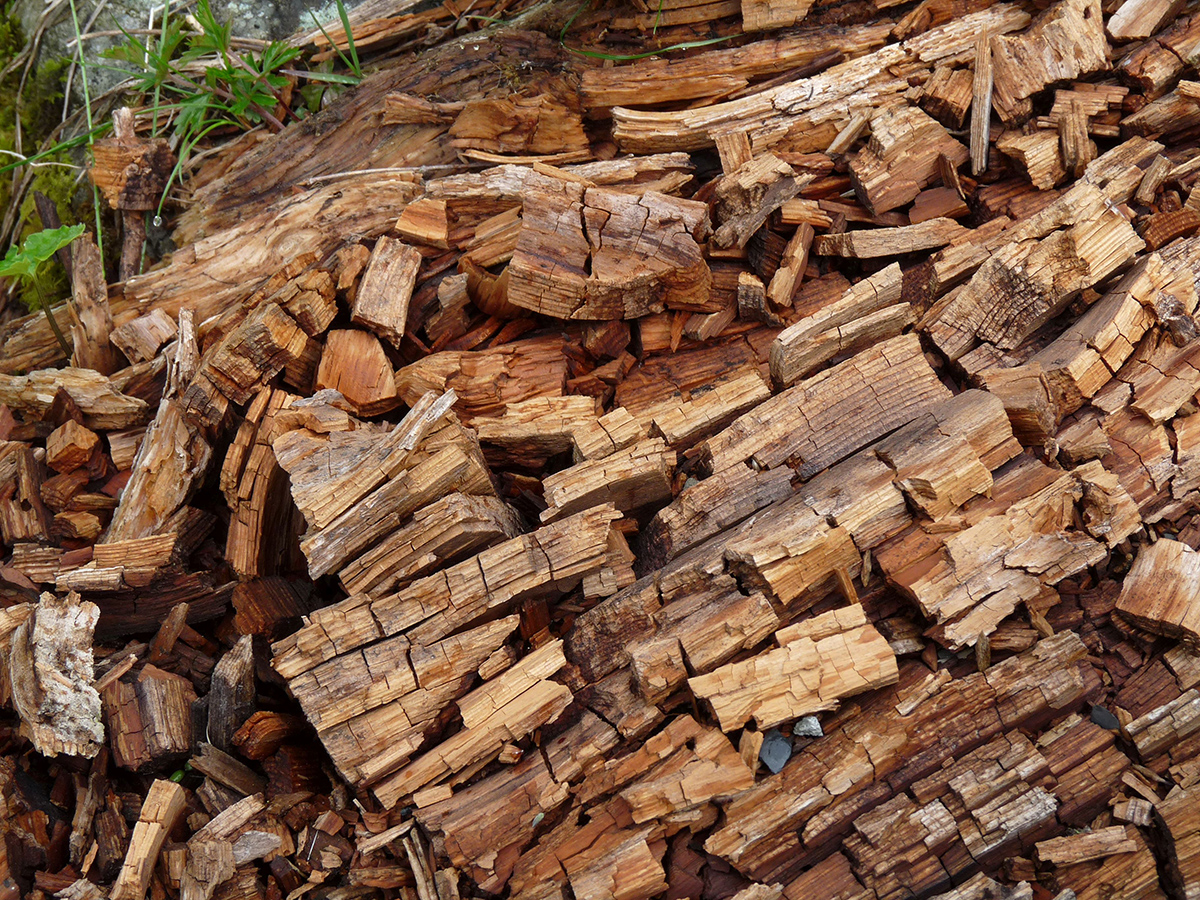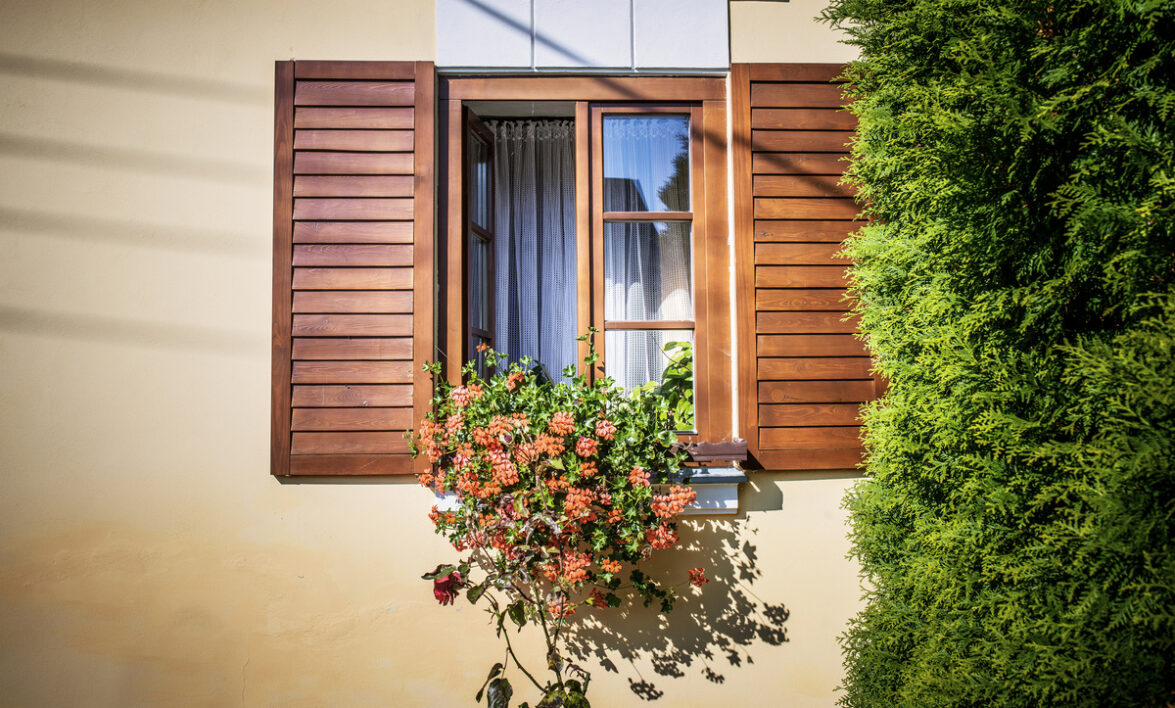
Wood has been a fundamental building material for centuries, valued for its versatility, strength, and aesthetic appeal. However, like any natural material, wood is susceptible to various forms of damage and deterioration. Understanding the causes, effects, and preservation techniques of Becomes Damaged Like Wood is crucial for maintaining the integrity of wooden structures and artifacts. This article delves into the mechanisms of wood damage, the consequences of such deterioration, and the best practices for preserving and restoring wood.
The Nature of Wood and Its Vulnerabilities
Wood is an organic material composed primarily of cellulose, hemicellulose, and lignin. These components provide wood with its strength and flexibility, but they also make it vulnerable to environmental factors and biological agents. The main types of Becomes Damaged Like Wood include:
1. Moisture Damage
Wood is hygroscopic, meaning it absorbs and releases moisture based on the surrounding environment. This property makes wood susceptible to moisture-related issues such as:
- Swelling and Shrinking: Changes in humidity cause wood to expand or contract, leading to warping, cracking, and splitting.
- Rot and Decay: Prolonged exposure to moisture can result in fungal growth, leading to rot. There are two main types of rot: white rot, which degrades lignin and leaves the wood spongy, and brown rot, which breaks down cellulose, causing the wood to crumble.
2. Insect Infestation
Certain insects, such as termites, beetles, and carpenter ants, pose significant threats to wood:
- Termites: These insects feed on cellulose, causing extensive structural damage.
- Wood-boring Beetles: Larvae of these beetles tunnel through wood, weakening it from within.
- Carpenter Ants: Unlike termites, carpenter ants do not consume wood but excavate it to create nests, compromising structural integrity.
3. Ultraviolet (UV) Radiation
Prolonged exposure to sunlight can cause the surface of the Becomes Damaged Like Wood, leading to discoloration, loss of surface fibers, and a rough texture. This photodegradation primarily affects the lignin in the wood, resulting in a bleached appearance.
4. Physical Damage
Mechanical forces such as impact, abrasion, and pressure can cause physical Becomes Damaged Like Wood. This includes dents, scratches, and splintering, which can compromise the structural integrity and aesthetic value of the wood.
Effects of Wood Deterioration
The consequences of Becomes Damaged Like Wood extend beyond the aesthetic to include significant structural and economic implications:
1. Structural Compromise
In buildings and furniture, structural integrity is paramount. Becomes Damaged Like Wood from moisture, insects, or physical forces can weaken wooden components, leading to unsafe conditions and potential collapse.
2. Aesthetic Degradation
For wooden artifacts, furniture, and decorative elements, appearance is crucial. Discoloration, warping, and surface damage diminish the visual appeal and historical value of these items.
3. Economic Impact
Repairing or replacing Becomes Damaged Like Wood can be costly. In historic preservation, the cost of restoring wooden elements to their original state can be particularly high due to the need for specialized materials and techniques.
4. Loss of Cultural Heritage
Wooden artifacts and structures often hold significant cultural and historical value. Deterioration of these items can result in the irreversible loss of heritage and history.
Preservation Techniques
To mitigate Becomes Damaged Like Wood and prolong the life of wooden structures and artifacts, various preservation techniques can be employed:
1. Moisture Control
Maintaining a stable moisture level is critical to preventing many forms of Becomes Damaged Like Wood:
- Proper Ventilation: Ensuring adequate airflow can prevent moisture buildup.
- Dehumidifiers: In humid environments, dehumidifiers can help control indoor humidity levels.
- Sealants and Finishes: Applying water-resistant coatings can protect wood from moisture ingress.
2. Insect Prevention and Treatment
Protecting wood from insect Becomes Damaged Like Wood involves both preventive measures and active treatments:
- Chemical Treatments: Insecticides and preservatives can be applied to wood to deter pests.
- Physical Barriers: Installing physical barriers, such as metal mesh, can prevent insects from accessing wood.
- Monitoring and Maintenance: Regular inspections and prompt treatment of infestations are crucial.
3. UV Protection
To protect wood from UV radiation:
- UV-blocking Finishes: Applying finishes that contain UV inhibitors can help protect the wood surface.
- Shading: Using shades, curtains, or outdoor structures to reduce direct sunlight exposure can prevent photodegradation.
4. Physical Protection
To prevent physical damage:
- Proper Handling: Careful handling and transportation of wooden items can prevent impacts and abrasions.
- Protective Coverings: Using coverings or padding can protect wood from mechanical forces during storage or transport.
5. Restoration Techniques
When wood damage occurs, restoration techniques can help return the material to its original condition:
- Consolidation: Applying consolidants can strengthen Becomes Damaged Like Wood.
- Patching and Filling: Using compatible materials to fill cracks and voids can restore structural integrity and appearance.
- Surface Treatments: Sanding, refinishing, and applying new coatings can rejuvenate the appearance of wood.
Case Studies in Wood Preservation

1. Historic Buildings
Preserving historic wooden buildings requires a combination of traditional and modern techniques. For example, the restoration of a colonial-era house may involve replacing rotted timbers with new wood treated to resist moisture and insects, while also using period-appropriate finishes to maintain historical accuracy.
2. Antique Furniture
Restoring antique furniture often involves delicate work to retain the original materials and craftsmanship. Techniques such as careful cleaning, minor repairs with historically accurate materials, and the application of protective finishes can prolong the life of these valuable items.
3. Outdoor Structures
For outdoor wooden structures like decks, fences, and playgrounds, regular maintenance is key. This includes cleaning, sealing, and repairing damage promptly to prevent further Becomes Damaged Like Wood from exposure to the elements.
Advances in Wood Preservation Technology
Recent advancements in wood preservation technology offer new methods to protect and restore wood:
1. Nanotechnology
Nanotechnology has introduced new preservatives that penetrate deeply into the wood, providing long-lasting protection against moisture and insects without altering the wood’s appearance.
2. Biological Treatments
Research into biological treatments, such as using beneficial fungi or bacteria to outcompete harmful organisms, offers eco-friendly alternatives to traditional chemical preservatives.
3. Smart Coatings
Innovative coatings that respond to environmental changes, such as moisture or temperature fluctuations, can provide dynamic protection, adapting to protect the wood under varying conditions.
4. Digital Monitoring
Modern technology allows for the installation of sensors in wooden structures to monitor moisture levels, temperature, and other factors in real-time, enabling proactive maintenance and early detection of potential issues.
Conclusion
Wood, a timeless and versatile material, is vulnerable to various forms of Becomes Damaged Like Wood that can compromise its structural integrity and aesthetic value. Understanding the causes and effects of wood deterioration is essential for effective preservation and restoration. By employing a combination of traditional methods and modern technologies, we can protect and prolong the life of wooden structures and artifacts, ensuring they remain a valuable part of our heritage for future generations. The ongoing advancement in wood preservation techniques promises to provide even more effective solutions, safeguarding this vital material against the ravages of time and environment.
